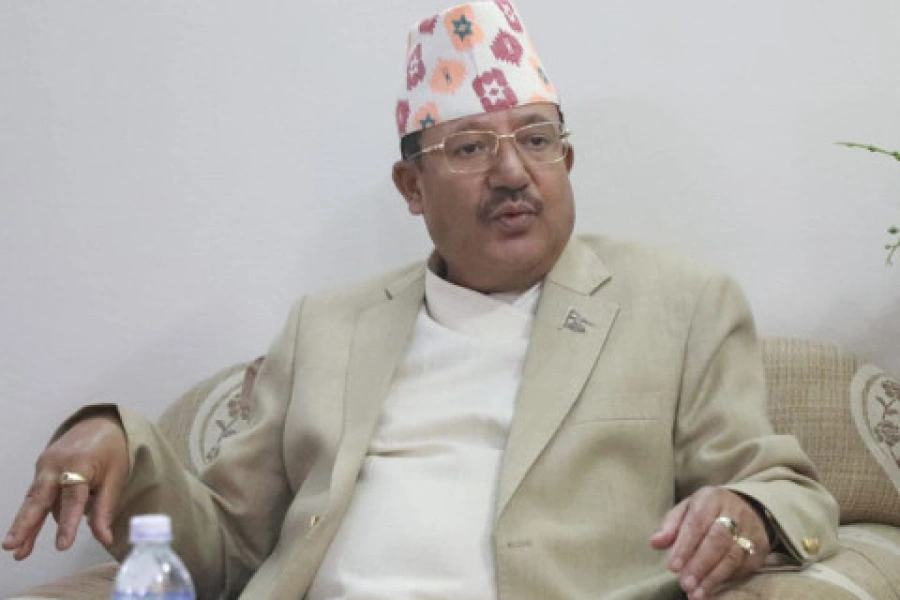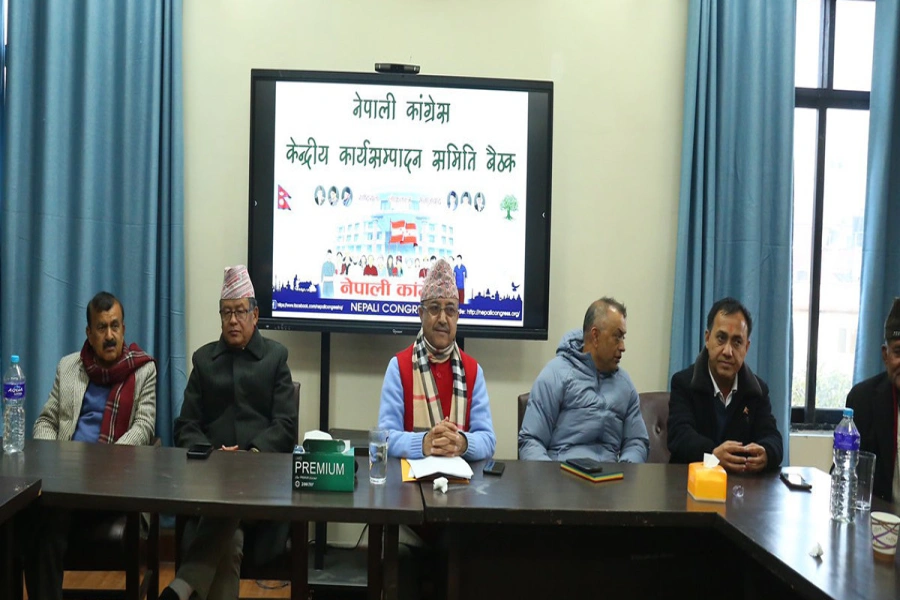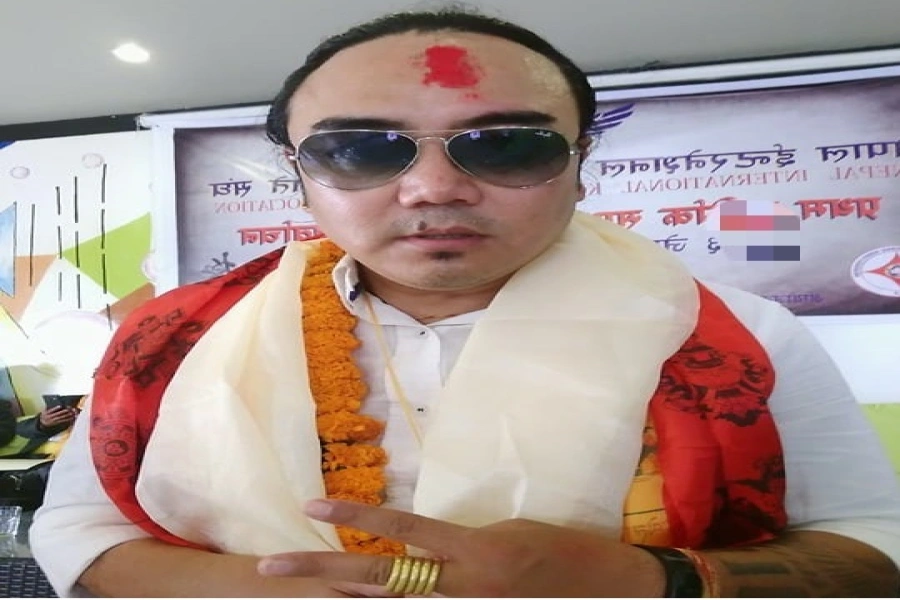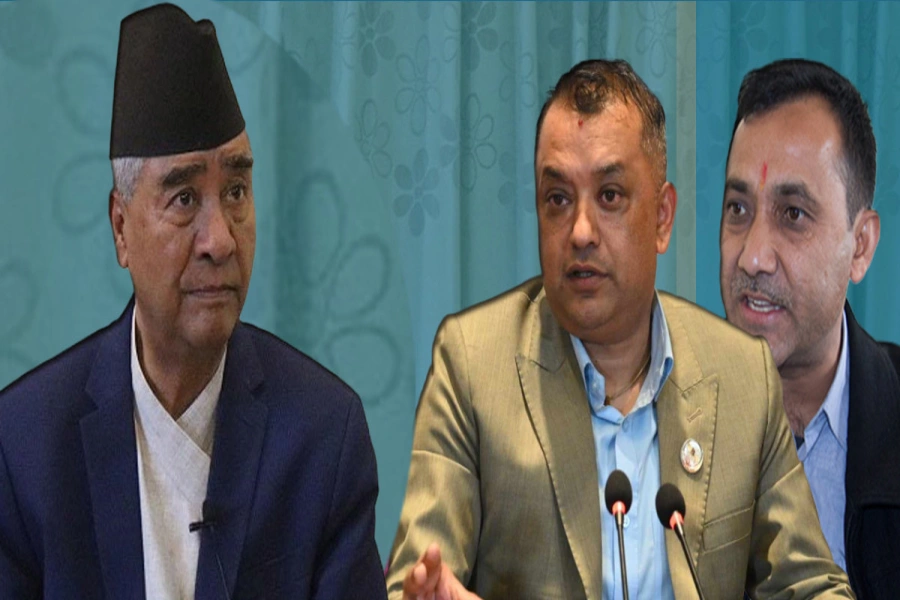Nepal took a big step forward in 2009 when the government approved a new National Strategy for Disaster Risk Management and subsequently started work on a companion Disaster Management Act. Both of these documents promote Disaster Risk Reduction (DRR). High exposure to natural hazards in Nepal makes a national focus on DRR essential to save lives and protect the development gains of the last decades.
In the event of a major earthquake, such as a repeat of the 1934 quake that we remember today on National Earthquake Safety Day, casualty rates will be catastrophic. Effective DRR measures today will prevent the loss of lives and ensure a more rapid recovery. In 2009, the Nepal Risk Reduction Consortium (www.un.org/nrrc) was created to support the implementation of the National Strategy and to work for the change we need in order to live in a safer Nepal. The goals of the Consortium include safer schools and hospitals, effective flood management, community based disaster preparedness, better land use planning, enhancing code enforcement and building up urban search and rescue capacity.
Unfortunately, two years later, Nepal still doesn’t have a new Disaster Management Act because the legislative process has not been completed. This impedes the work being done to reduce loss of life and livelihoods when disaster strikes. We don’t know how many days we have until the next earthquake. Each of these days should be used for preparation and Nepal needs the government at all levels to be tasked, empowered, and resourced to get the job done with a sense of real urgency. They are not alone in this responsibility, and can look to the private sector, civil society and national and international organizations for help.
The new Act should ensure that the right coordination mechanisms will be in place at all levels from Regional, District and Local Disaster Management Committees to a National Disaster Management Commission which will be chaired by the Prime Minister. Everyone’s role should be clearly laid out. The draft Act has to clearly explain how the government understands DRR, Response and Recovery, helping partners to speak the same language and work together. This will allow specialization and delegation to take place which in turn should lead to more effective standard setting and monitoring. A time of emergency is always a time of confusion with unfamiliar problems to be solved and difficult trade-offs; we need absolute clarity at such times on who makes the decisions. It would be tragic if the Act is still in draft when the earthquake strikes thereby delaying the necessary and urgent decisions that must be taken.
Critically the new Act is expected to put in place a new National Disaster Management Authority (NDMA) which already exists in many countries in Asia. This will have access to the highest levels of government, reporting directly to a Council chaired by the Prime Minister so he or she can ensure support is directed to the most vulnerable. The NDMA will be charged with implementation of the Strategy and will act as a focal point for all national and international actors on DRR Coordination. It will also be charged with coordination within the government and national stakeholders for response and, should the level of disaster demand it, with coordination of international resources.
This proposed new structure, operating from the highest level of government down to the community level should support a range of improved mechanisms and services. The new Act should lead to more systematic risk assessment, more coherent early warning systems, stronger implementation of building codes, context specific community level risk reduction programmes, and strengthening of all key services including fire, search and rescue and medical. And when the earthquake strikes, improved post crisis assessment and therefore quicker decision-making, more standardized programmes of response and speedier exemption of taxes on relief materials.
In my role coordinating the UN’s work in Nepal I am all too aware of the wide range of priorities competing for the attention of the government at this time. I am convinced however, that one of the greatest risks facing Nepal at this time is an earthquake that we all know will come and threatens to wipe out years of development gains in as little as forty seconds. The timely approval of the Disaster Management Act will allow us to accelerate our efforts today to save lives and reduce destruction tomorrow. After a very long gestation period, the draft Act has finally arrived at Parliament for consideration. It needs to be considered with the minimum delay—Nepali lives depend on its urgent approval and implementation.
The writer is the head of the United Nations in Nepal
Parties reach consensus to run parliament according to the cale...





































